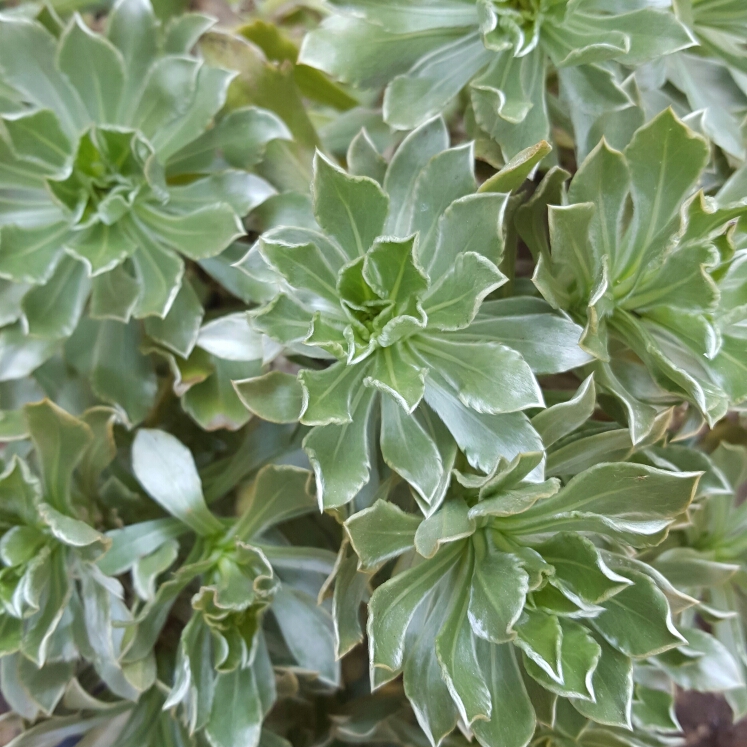
Asteriscus sericeus
Canary Island Daisy
Asteriscus sericeus - Canary Island Daisy - is a silver-leafed, mound-forming shrub that becomes more open in structure as it ages. It has 1" to 2" long thick and broadly lanceolate light green-silver leaves with silky fuzzy hairs, and yellow flowers up to 3" dia. that appear in later Winter to early Summer - with occasional bloom later in mild coastal climates.
Contributed by @tal2lifshitz
-
Full sun
-
Very little water
-
Frost Hardy: 23F (-5°C)
-
Free draining
Common name
Canary Island Daisy
Latin name
Asteriscus sericeus
type
Evergreen Shrub
family
Asteraceae
ph
5.5 - 8.5 Acid - Neutral
Plant & bloom calendar
-
Best time to plant
-
When the plant will bloom
full grown dimensions
 1.00 M
0.60 M
1.00 M
0.60 M
Asteriscus sericeus
Asteriscus sericeus - Canary Island Daisy - is a silver-leafed, mound-forming shrub that becomes more open in structure as it ages. It has 1" to 2" long thick and broadly lanceolate light green-silver leaves with silky fuzzy hairs, and yellow flowers up to 3" dia. that appear in later Winter to early Summer - with occasional bloom later in mild coastal climates.
Flowering
From Late Spring TO Late Summer
Yellow daisy-like flowers appear mainly in Spring and Summer - but some flowering can appear all year round
Planting
From Early Spring TO Late Spring
Plant in full sun in free-draining soil - or can be grown in containers. This plant can be grown successfully in coastal areas, and it does well in sandy soils
Propagating by cuttings
From Late Spring TO Early Summer
Take softwood cuttings from new growth early in the day in Spring or early Summer. Cut, neatly, a 4" approx. piece of a non-flowering shoot, pinch out the tip, and cut off the bottom leaves. Dip the bottom of the cutting in hormone rooting powder, and carefully place in a pot of cutting compost with the leaves just above the level of the compost. Water, label, cover with a polythene bag, and place in a warm, bright place, out of direct sunlight. Take the polythene bag off periodically for a while for ventilation (at least twice a week)








